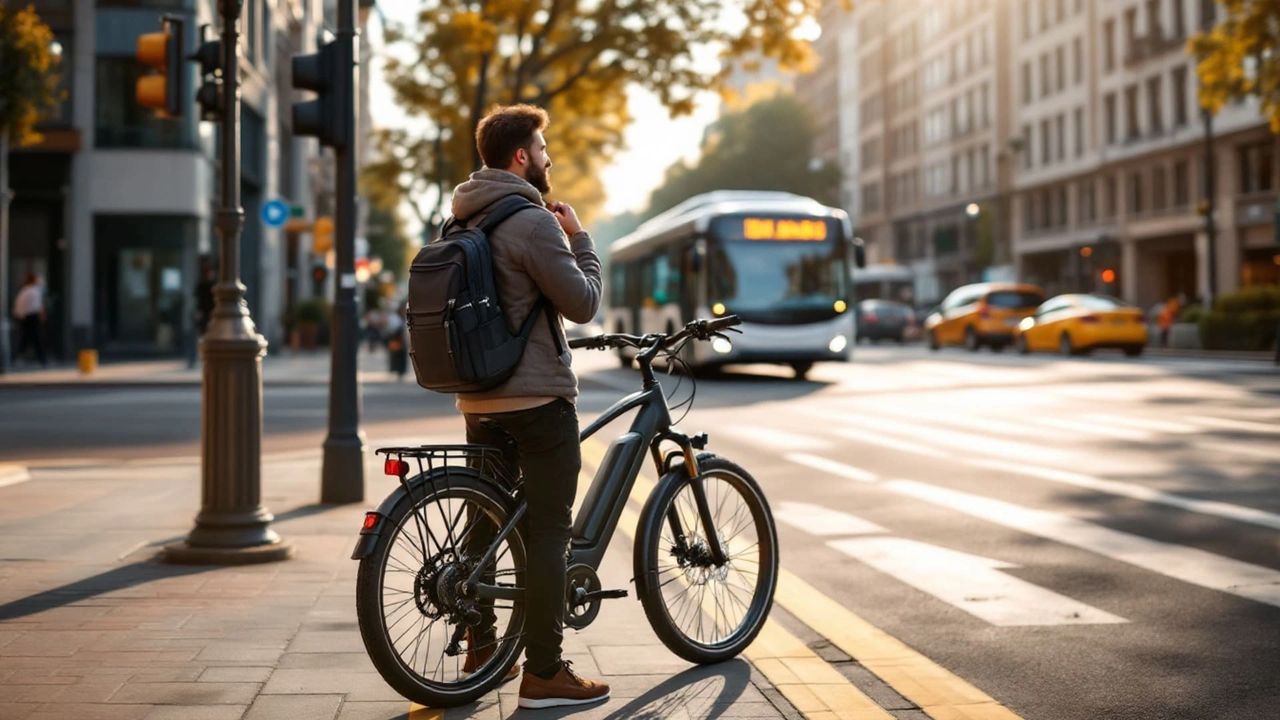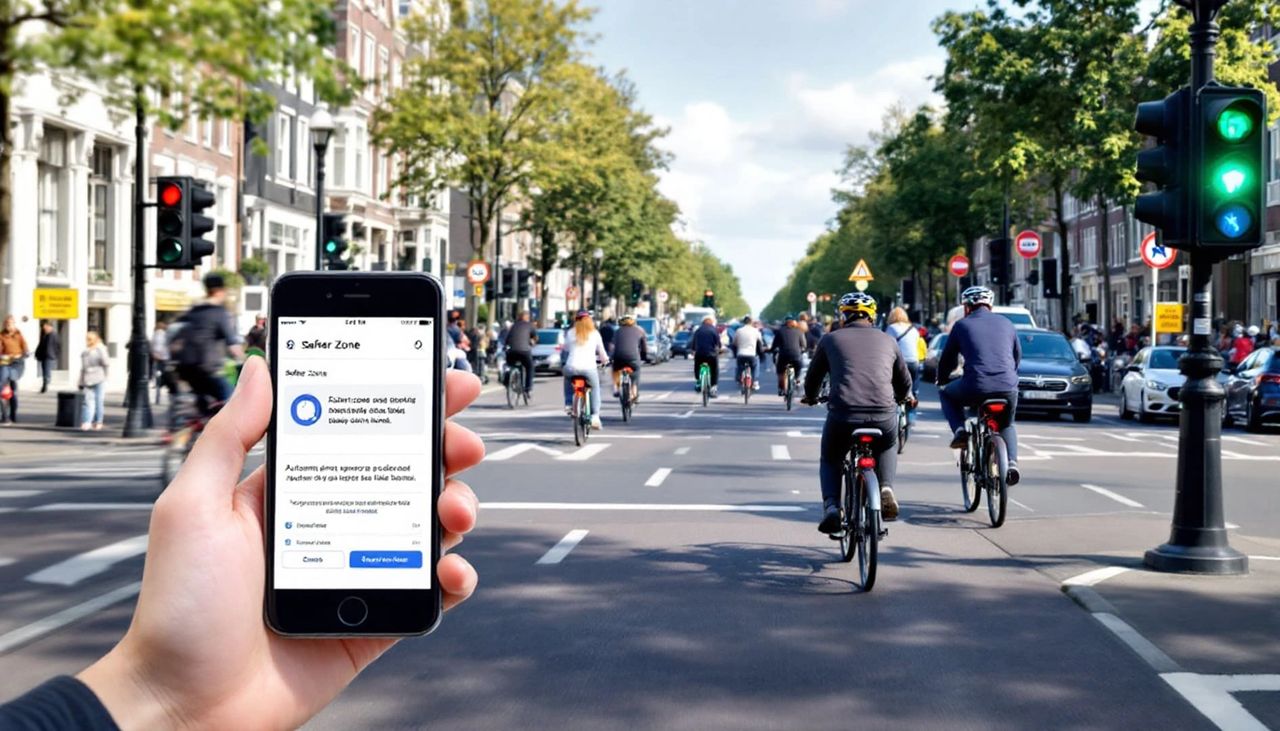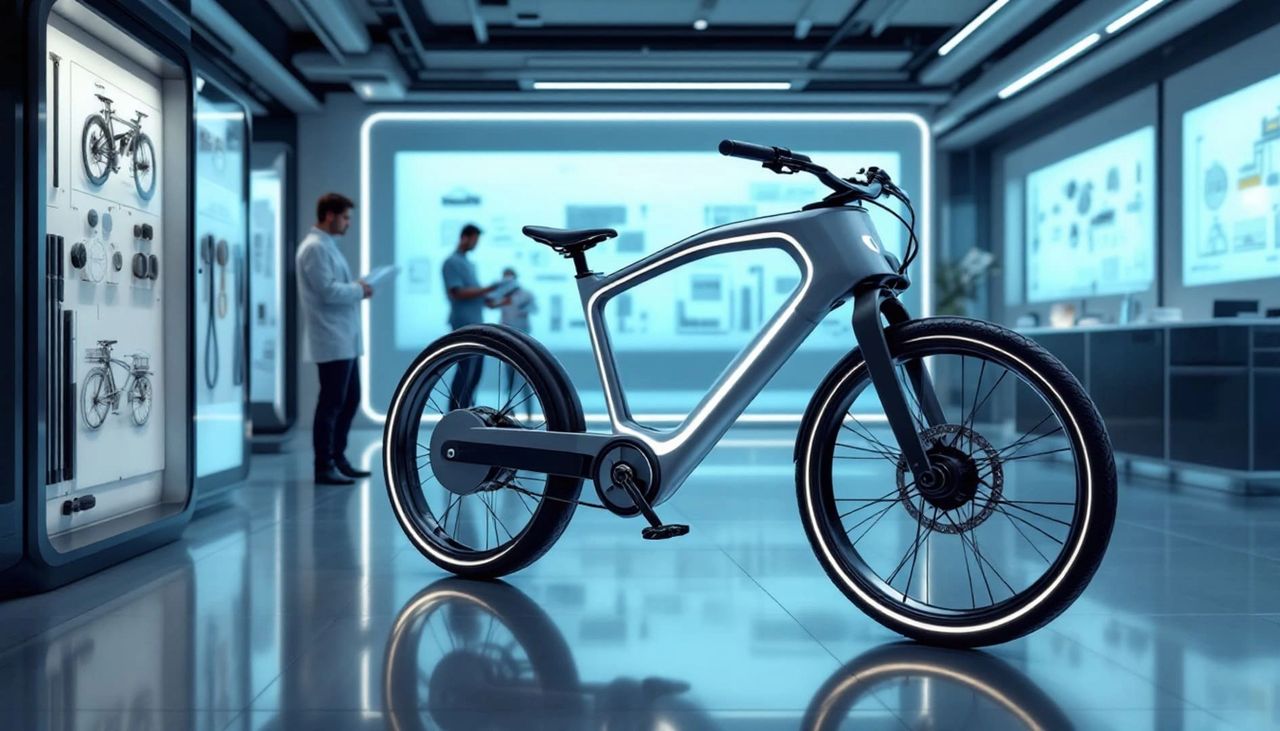
For urban commuters, choosing between an e-bike and public transit is a key decision that affects both your wallet and your daily experience. While both options are cost-effective compared to car ownership, which one actually saves you more in the long run?
Let’s compare the costs and benefits of e-bike commuting vs. public transportation.
1. Upfront Costs: E-Bike vs. Public Transit Pass
🛵 E-Bike Costs
- Entry-level e-bike: $800–$2,000
- Mid-range commuter e-bike: $2,000–$4,000
- High-end models: $4,000+
💡 One-time investment, with costs spread over years of commuting.
🚆 Public Transit Costs
- Monthly transit pass: $80–$150 (varies by city)
- Annual cost: $960–$1,800
💡 Recurring expense, with costs adding up each year.
📊 Break-even point:
- A $2,000 e-bike pays for itself in about 1–2 years compared to transit costs.
- After that, you save money every year by avoiding fare increases.
2. Daily Cost of Commuting
🚲 E-Bike Costs Per Month
✔️ Charging: $2–$5/month
✔️ Maintenance: $10–$30/month
✔️ Insurance (optional): $10–$25/month
💰 Total: $22–$60/month
🚉 Public Transit Costs Per Month
✔️ Metro/bus pass: $80–$150/month
✔️ Occasional ride-hailing (Uber/Lyft): $20–$50/month
💰 Total: $100–$200/month
✅ E-bikes win in cost-efficiency after the upfront purchase.
3. Time Efficiency: Which Is Faster?
⏳ E-Bike Travel Time
- Average speed: 15–20 mph
- No waiting for buses/trains.
- More direct routes, avoiding traffic.
⏳ Public Transit Travel Time
- Delays and wait times can add 15–30 extra minutes to a commute.
- Peak hours = crowded trains/buses.
🚴 E-bikes provide faster, more predictable travel times, especially for short to mid-range commutes (under 10 miles).
4. Additional Considerations
🌎 Environmental Impact
- E-bikes = Zero emissions (aside from battery production).
- Public transit is eco-friendly, but buses and older trains still generate CO₂.
🚴♂️ Health Benefits
- E-bike riders get light exercise every day.
- Public transit commuters may get less movement if they rely on subways and buses.
❌ Challenges
- E-bike commuting requires safe storage and weather preparation.
- Public transit depends on schedules, fare increases, and delays.
5. Which Saves You More Money in the Long Run?
When comparing e-bike commuting to public transit, the long-term financial savings depend on several factors, including upfront costs, maintenance, and daily expenses.
For those purchasing an e-bike, the initial investment is higher, with an average price ranging from $1,500 to $3,000 for a quality commuter model. However, once the bike is paid for, ongoing costs are relatively low. Charging an e-bike typically costs only a few dollars per month, and regular maintenance, such as brake pad and tire replacements, adds a small annual expense. While battery replacements are needed every few years, the overall cost of e-bike ownership remains lower than monthly public transit fees over time.
On the other hand, public transit has a lower upfront cost but requires a recurring monthly payment, which varies depending on the city. In most metropolitan areas, a monthly transit pass costs between $80 and $150, adding up to $960 to $1,800 per year. Over a three-year period, a commuter could easily spend between $3,000 and $5,000 on transit fares—often surpassing the total cost of owning an e-bike.
While public transit remains a convenient option for those who prefer not to deal with bike storage or maintenance, an e-bike can offer substantial long-term savings. Within one to two years, an e-bike often pays for itself compared to transit expenses, making it the more cost-effective choice for regular commuters.
Final Verdict: E-Bikes Offer More Long-Term Savings
🚲 Best for: Riders looking for long-term savings, time efficiency, and a more active lifestyle.
🚆 Best for: People who prefer convenience and don’t want to worry about storage or weather.
If you commute regularly, an e-bike pays for itself within 1–2 years and beats public transit in cost and efficiency over time.








Leave a Reply